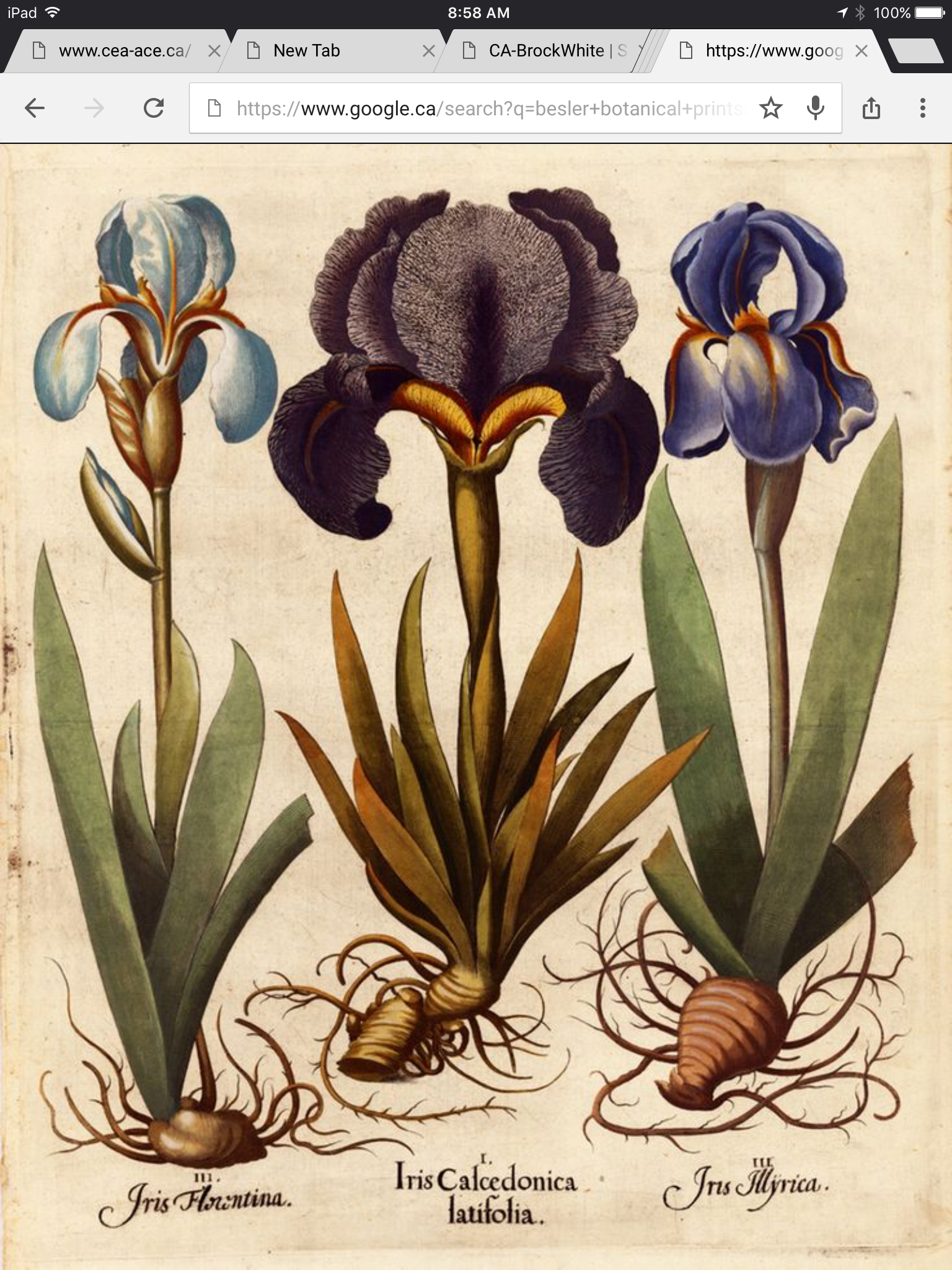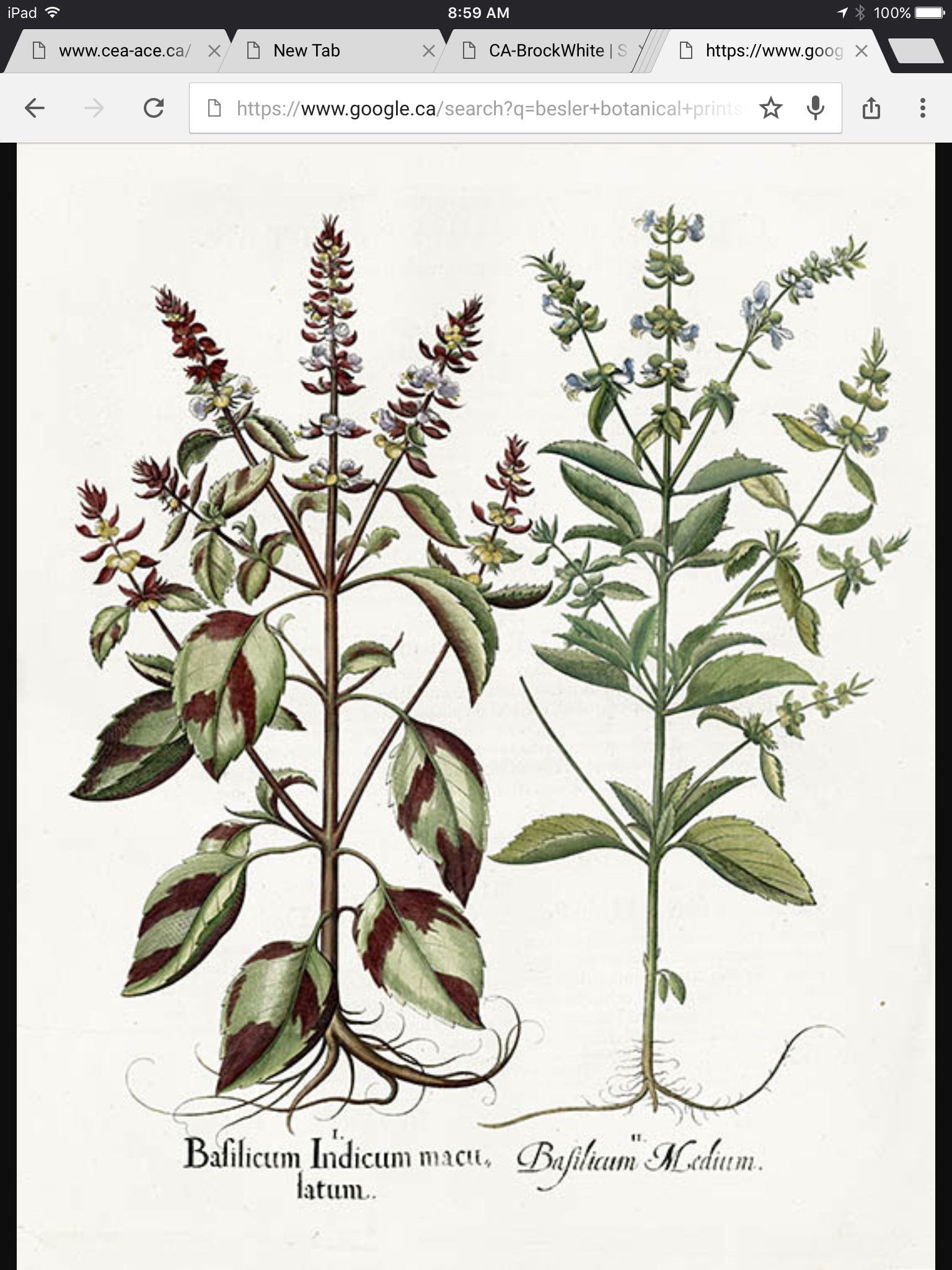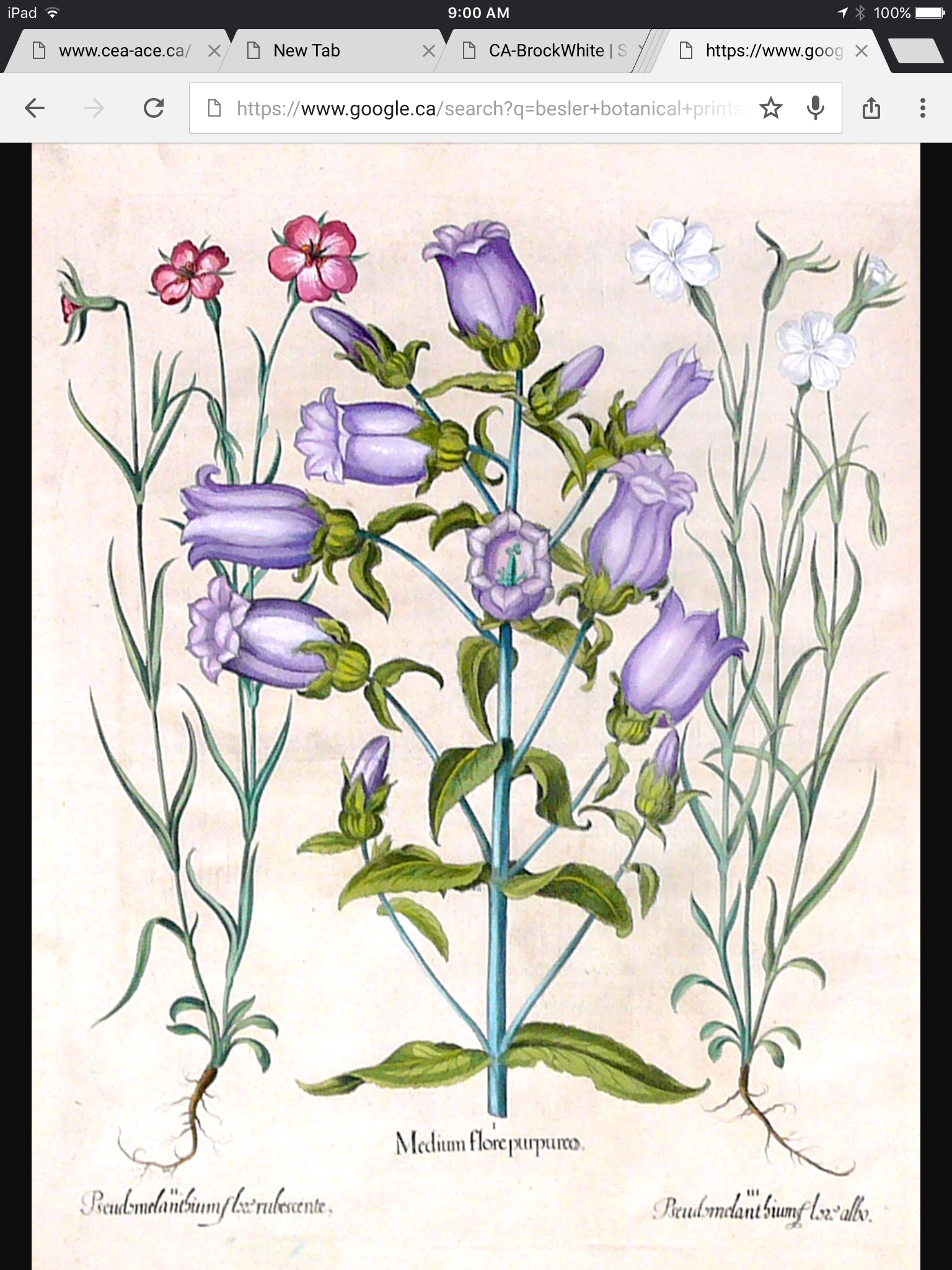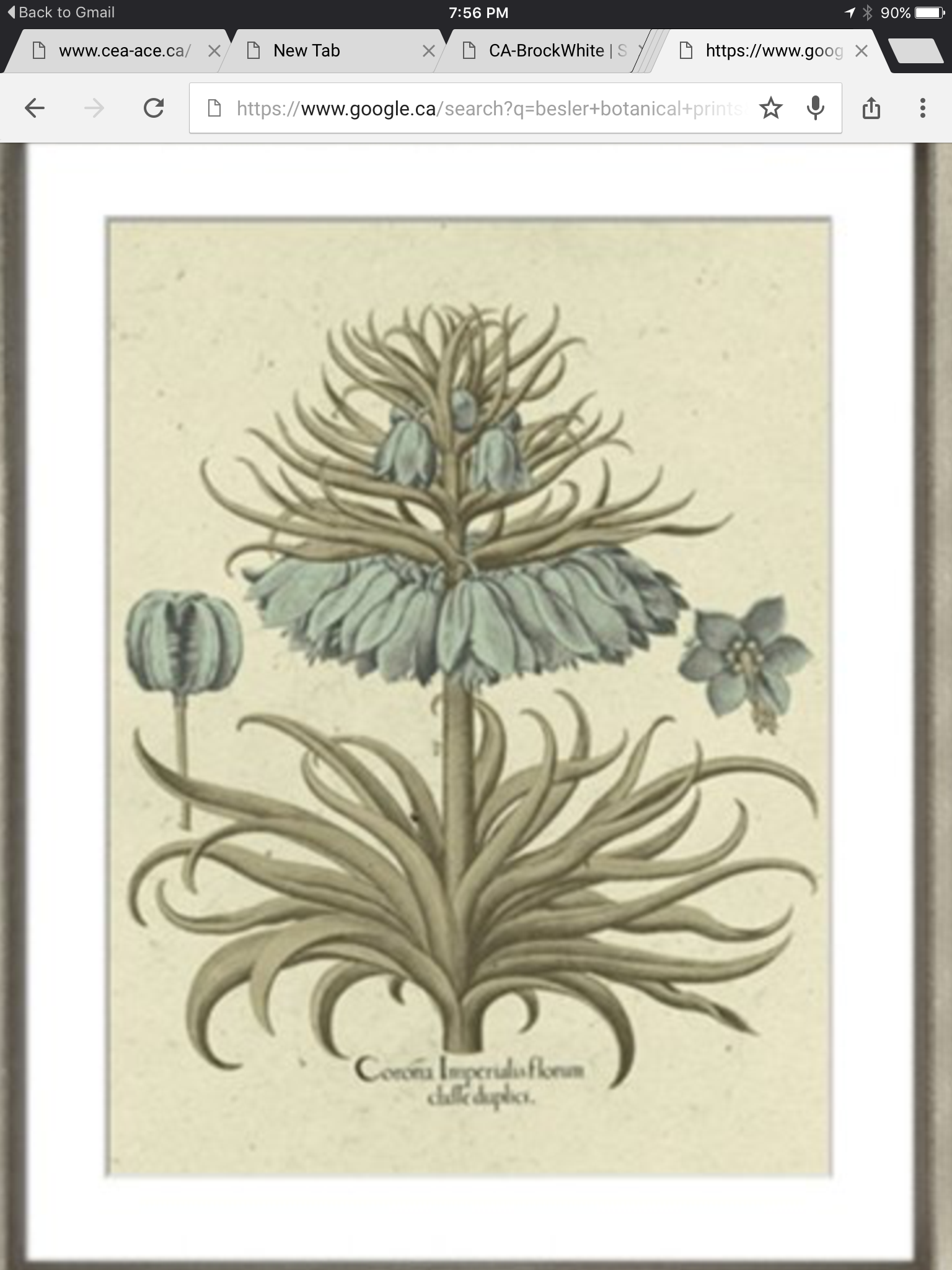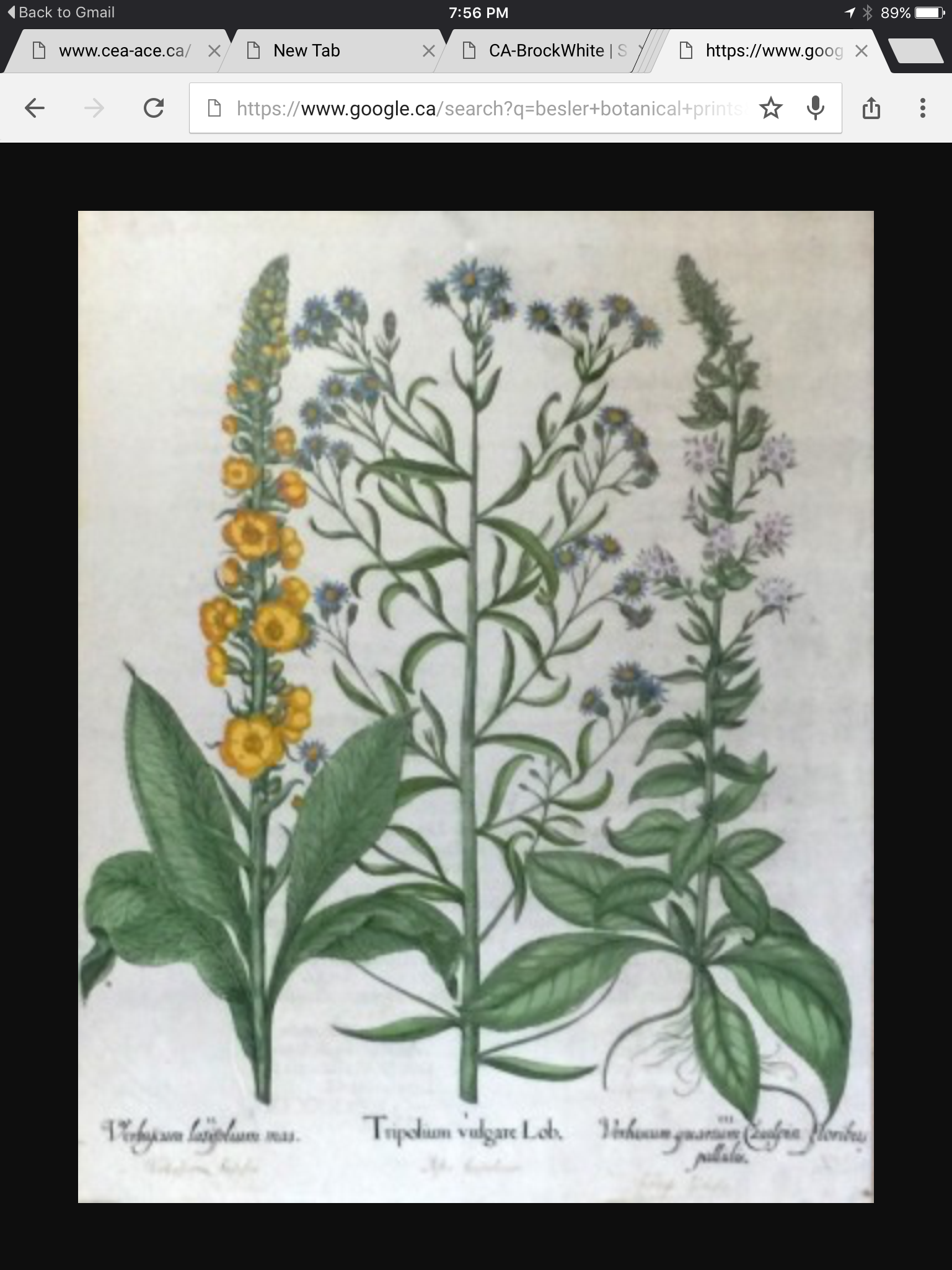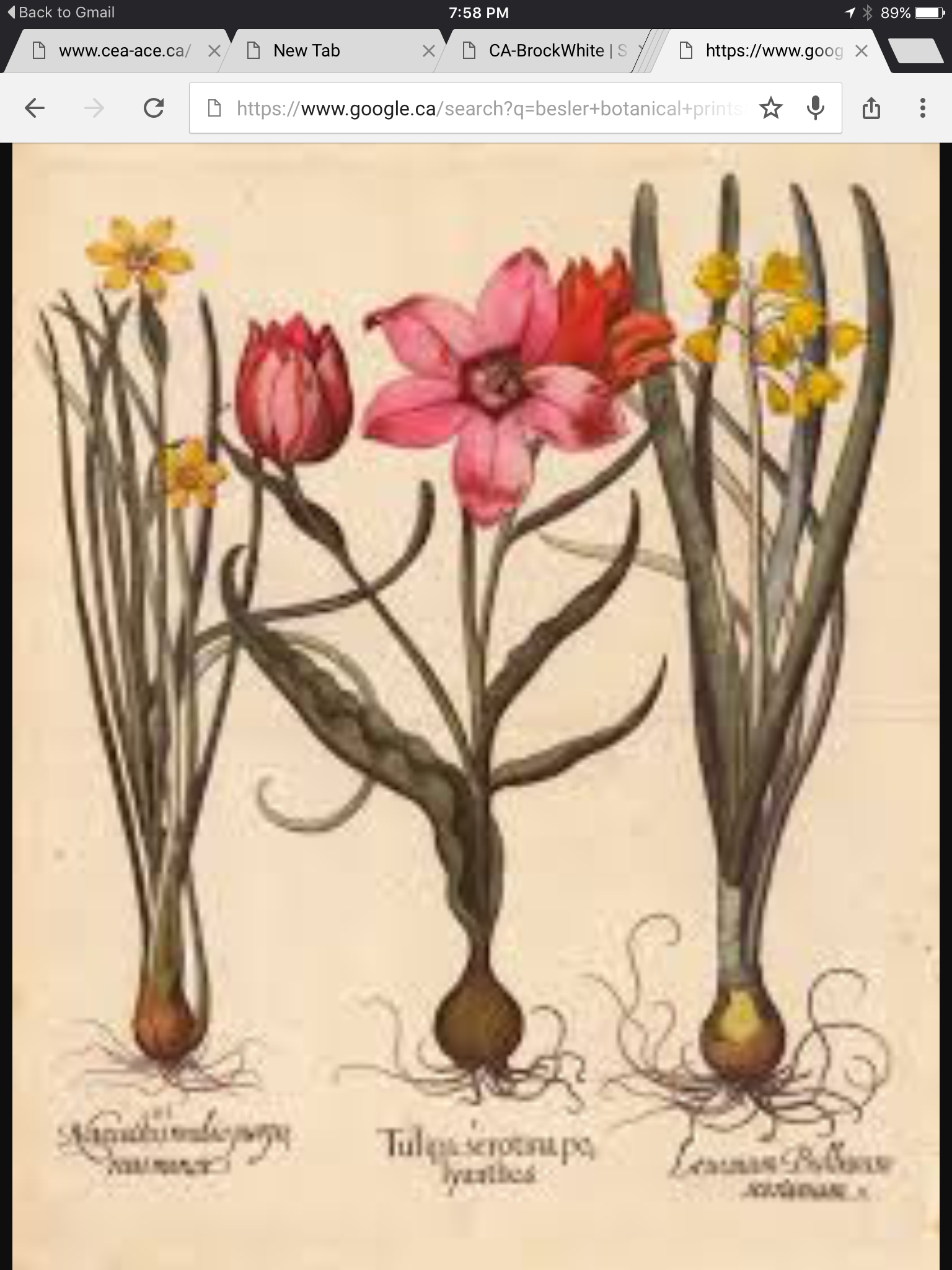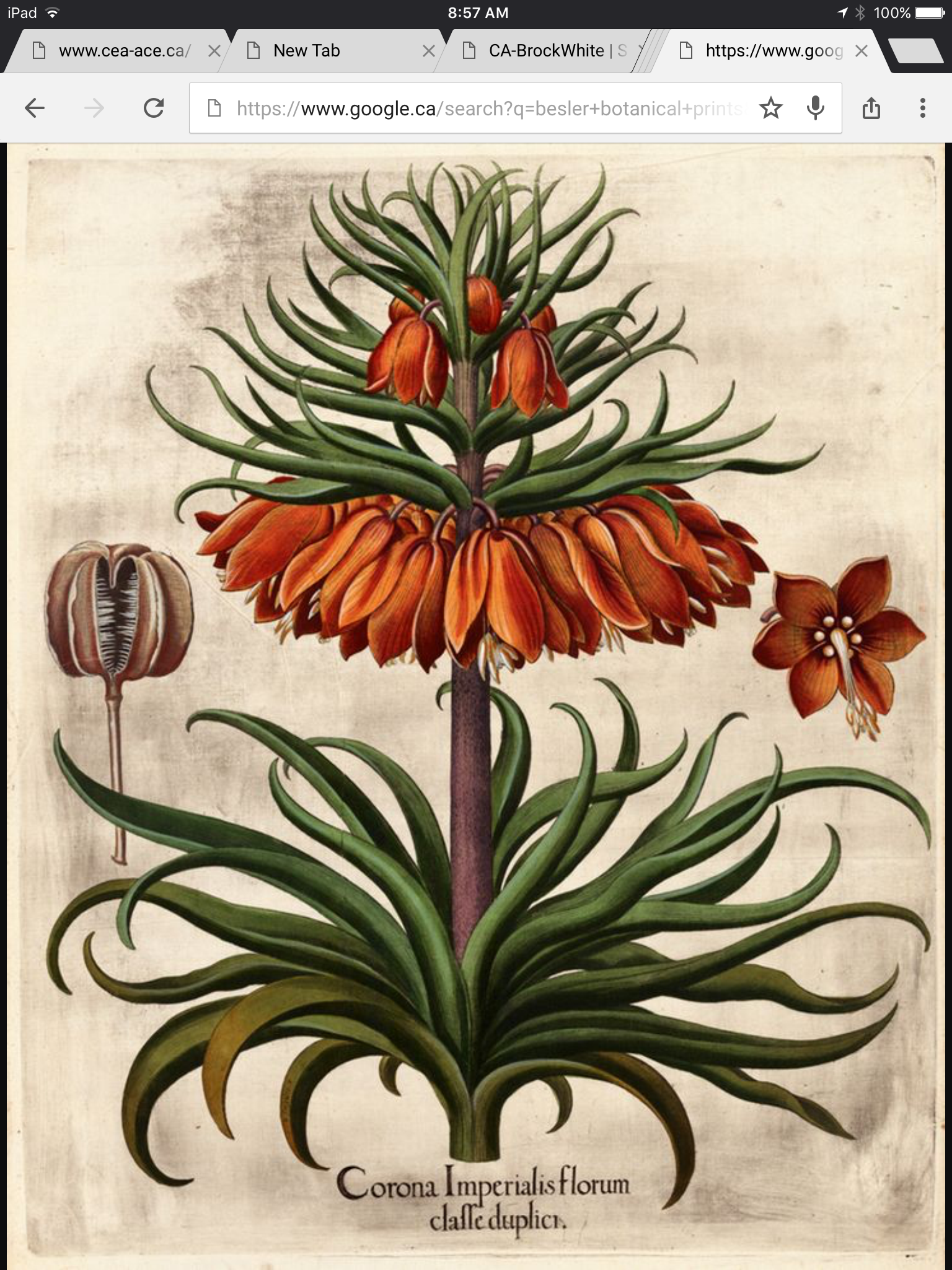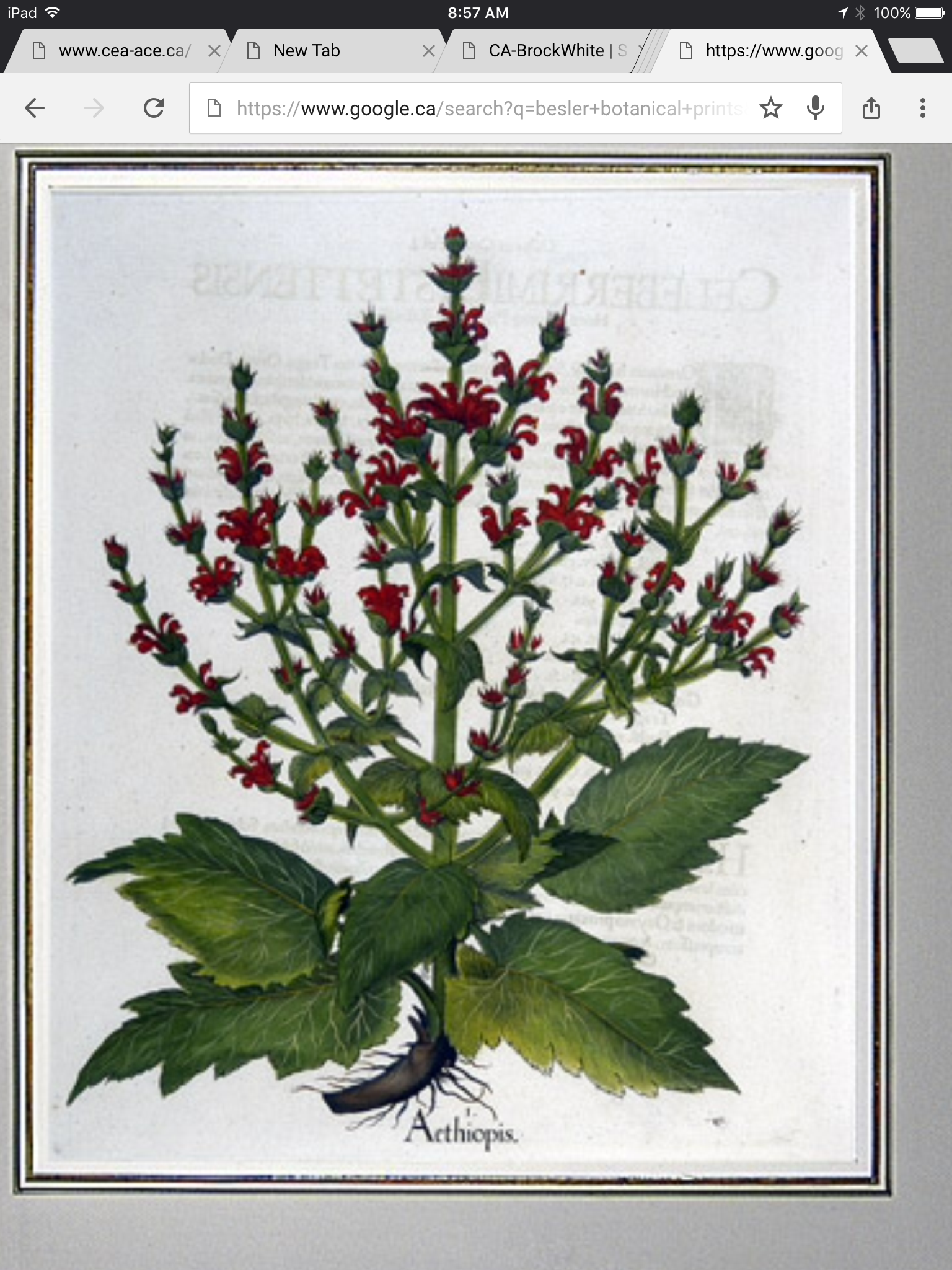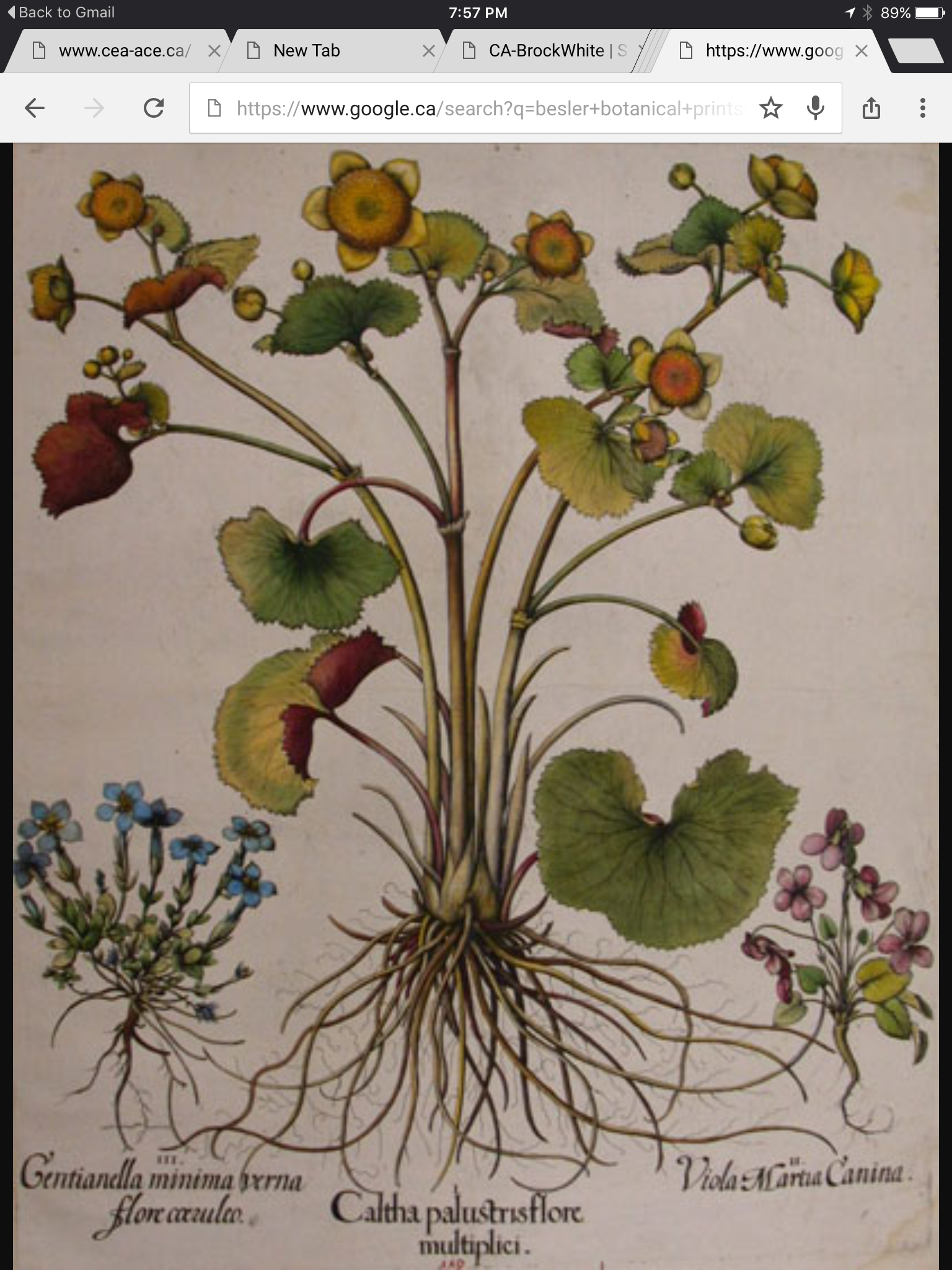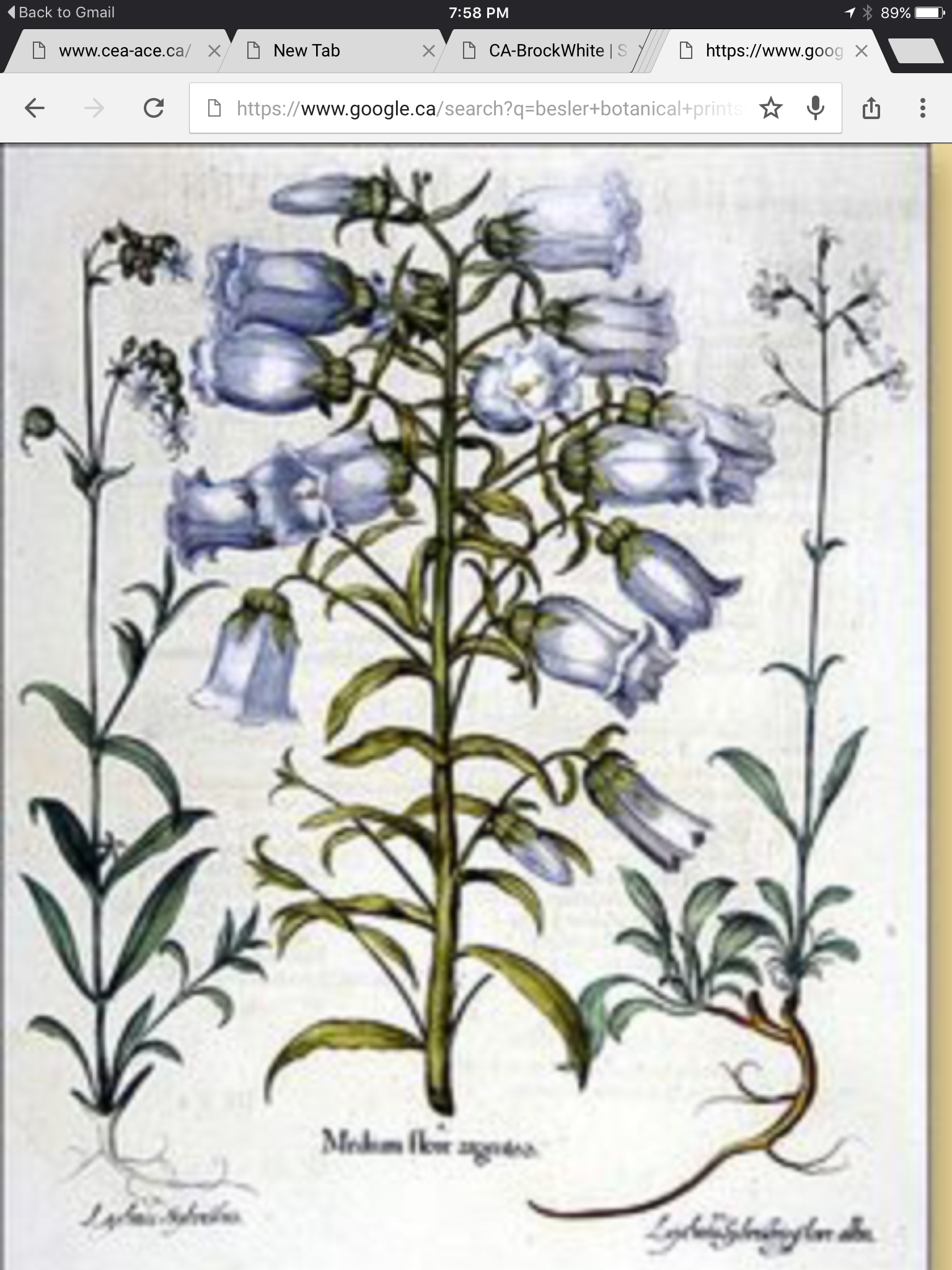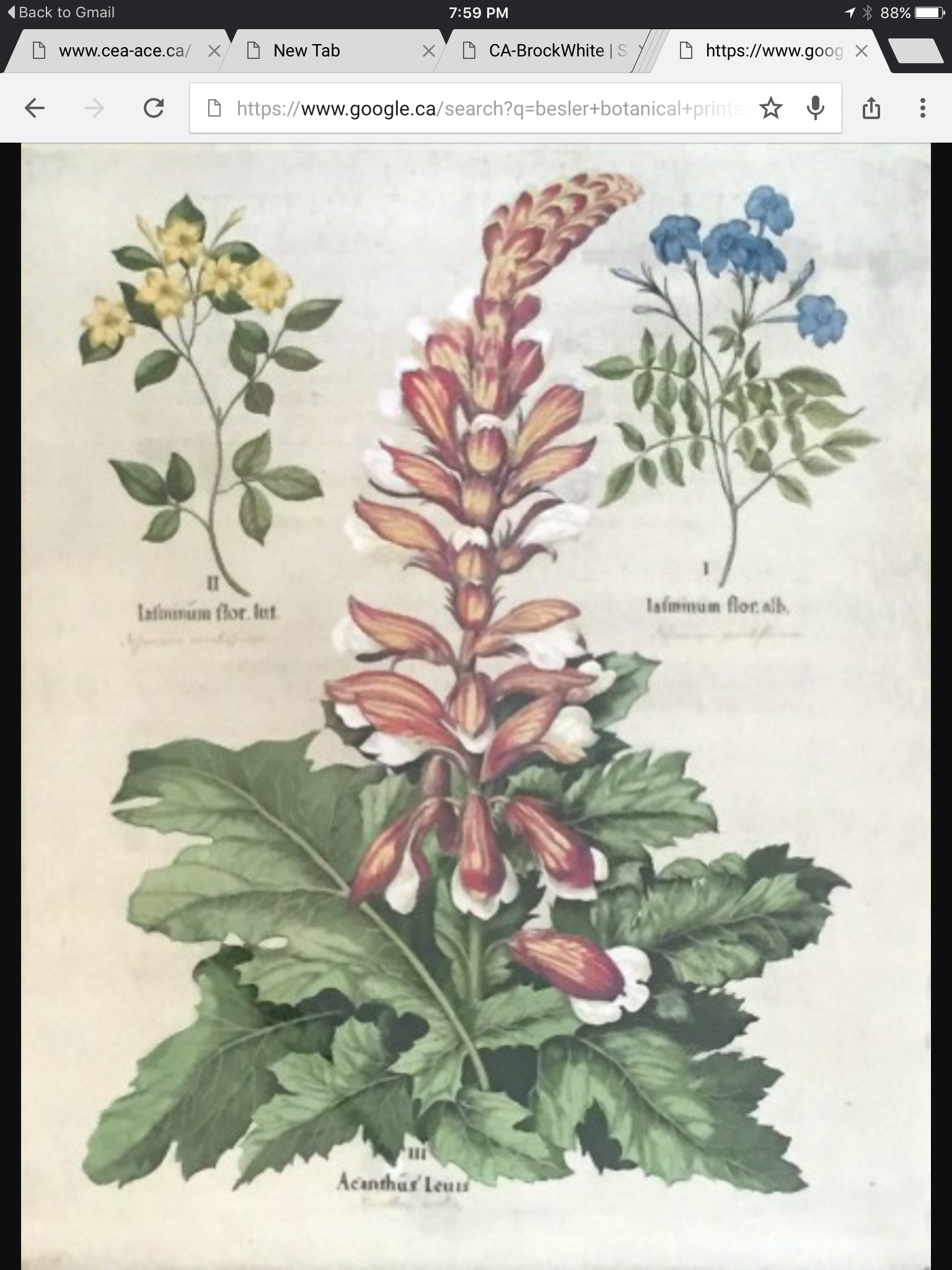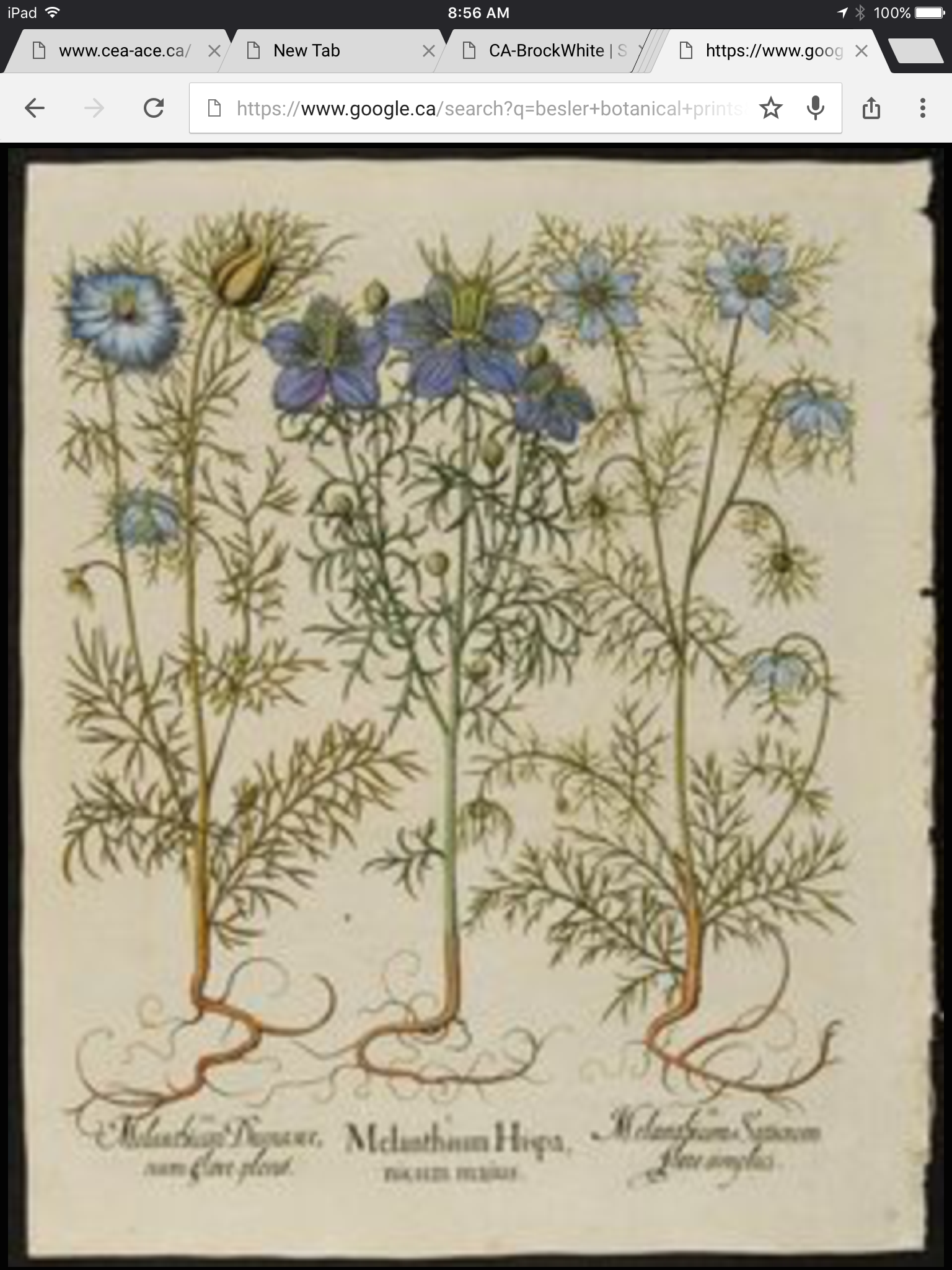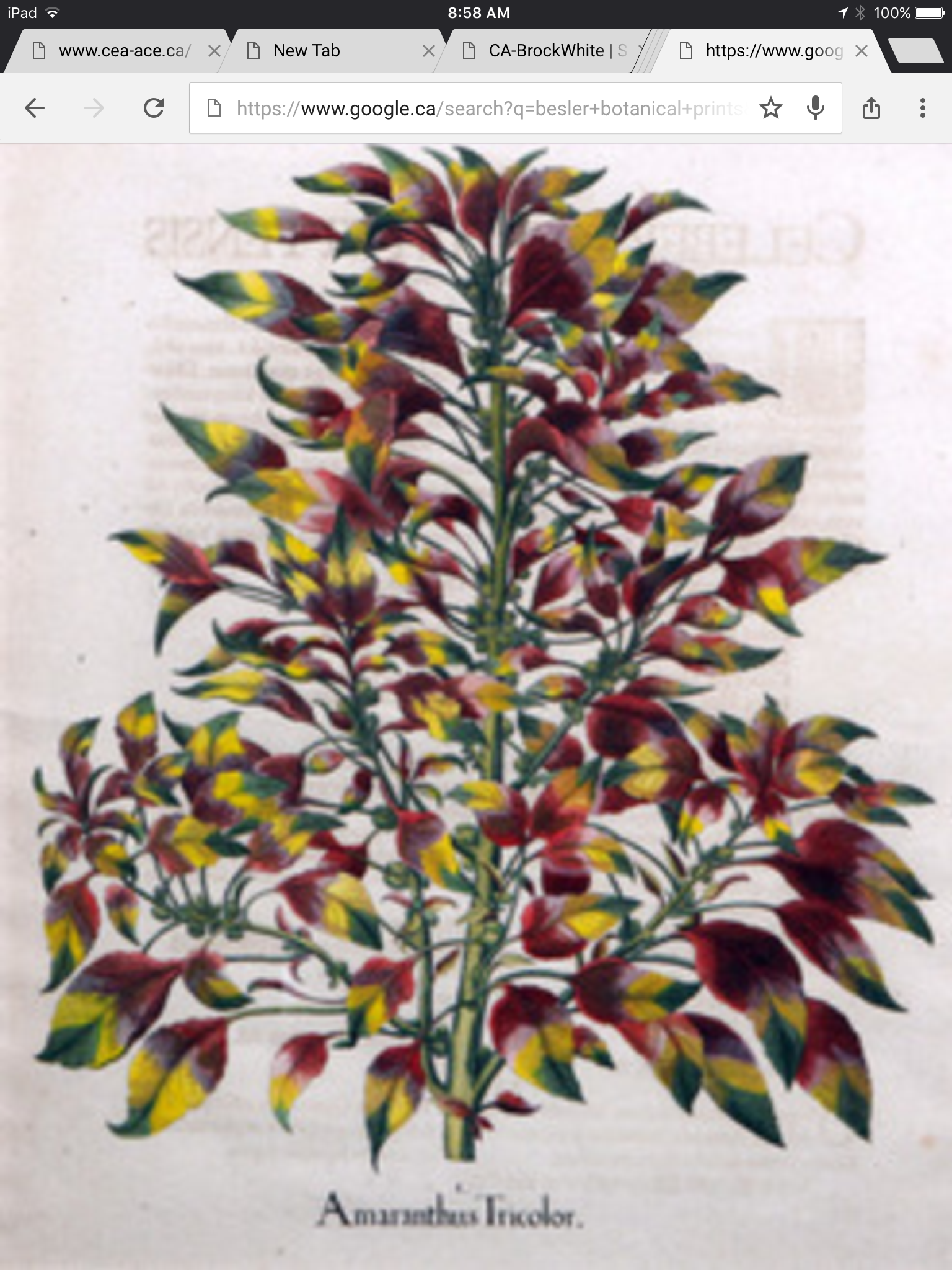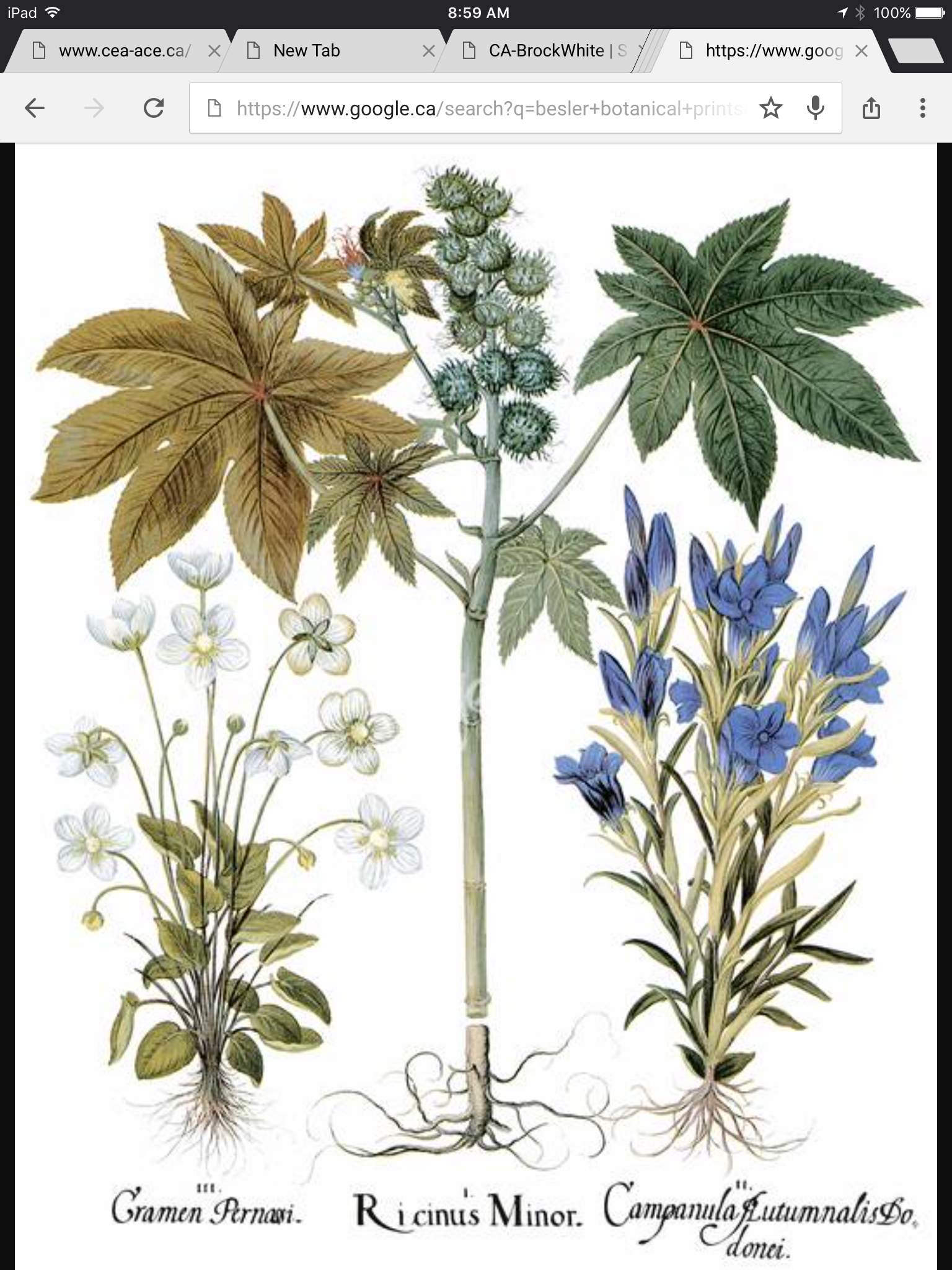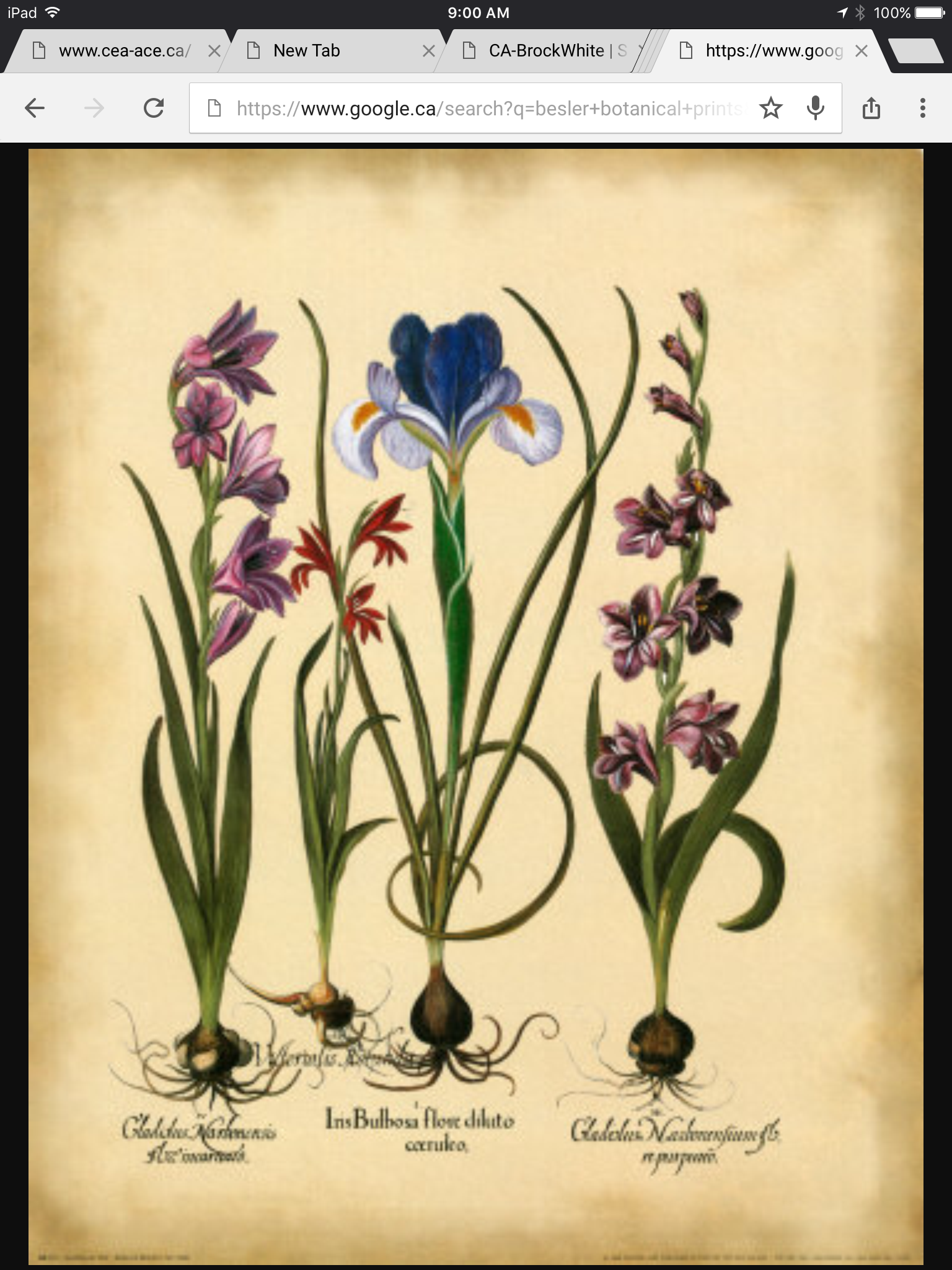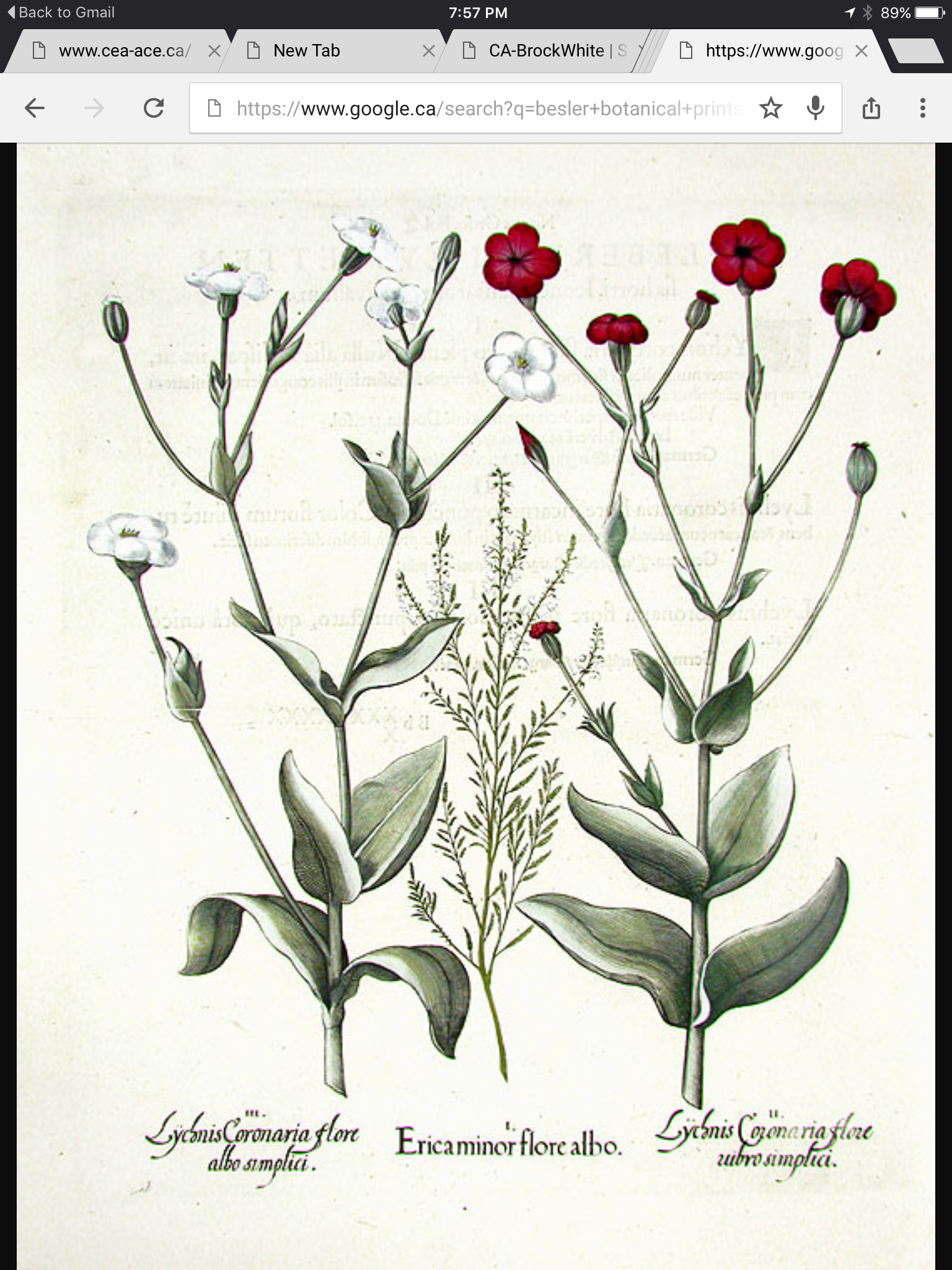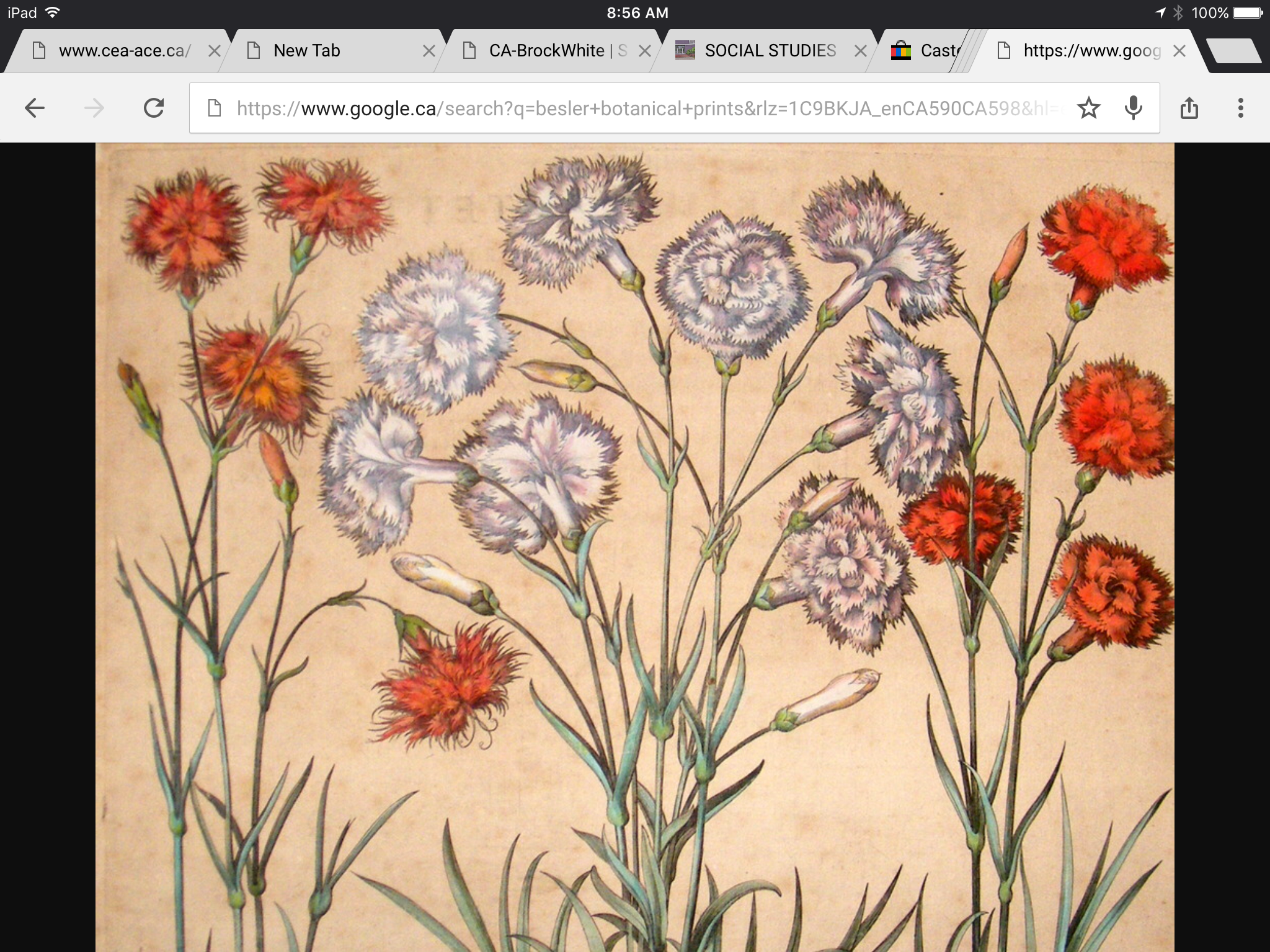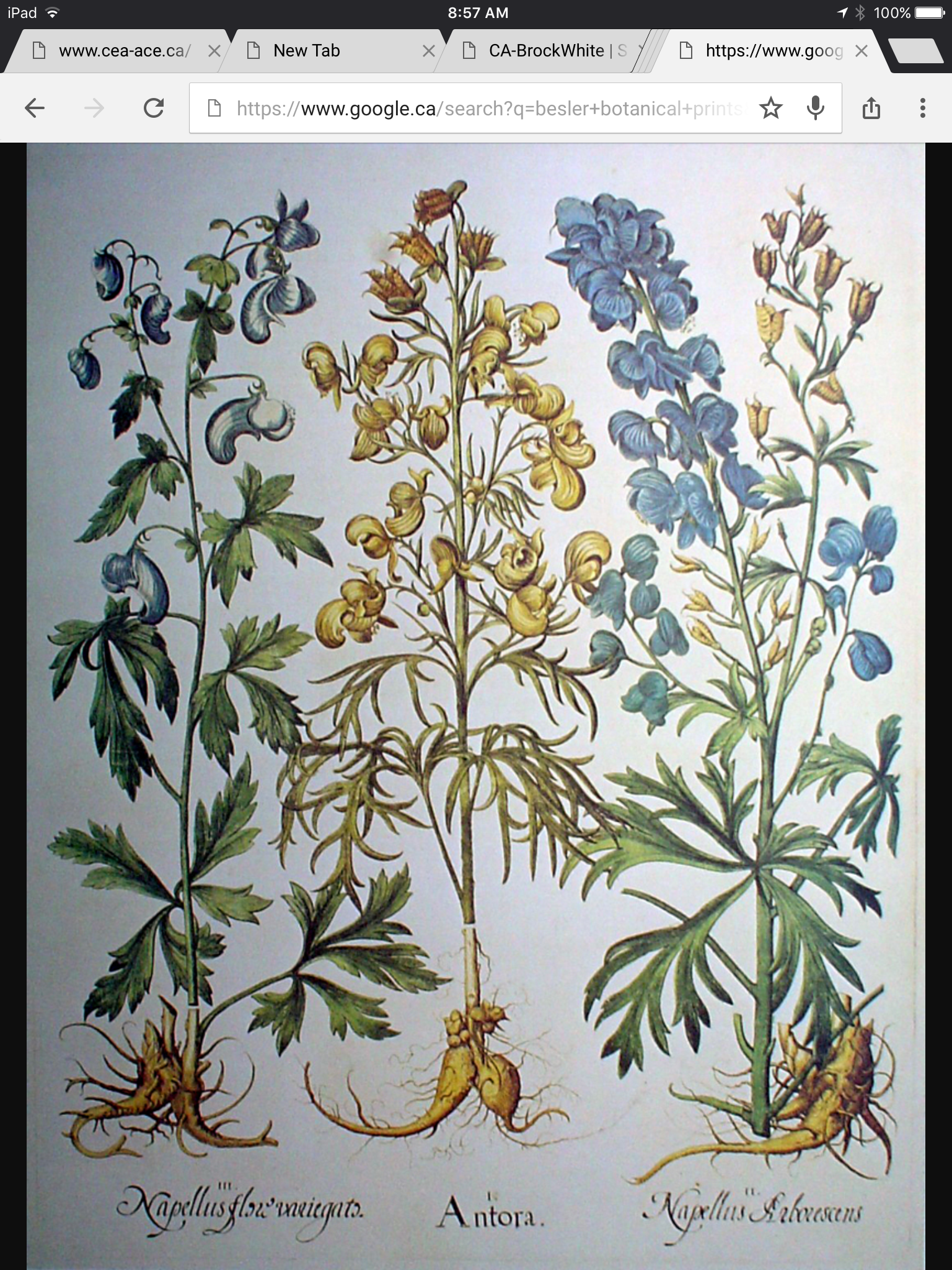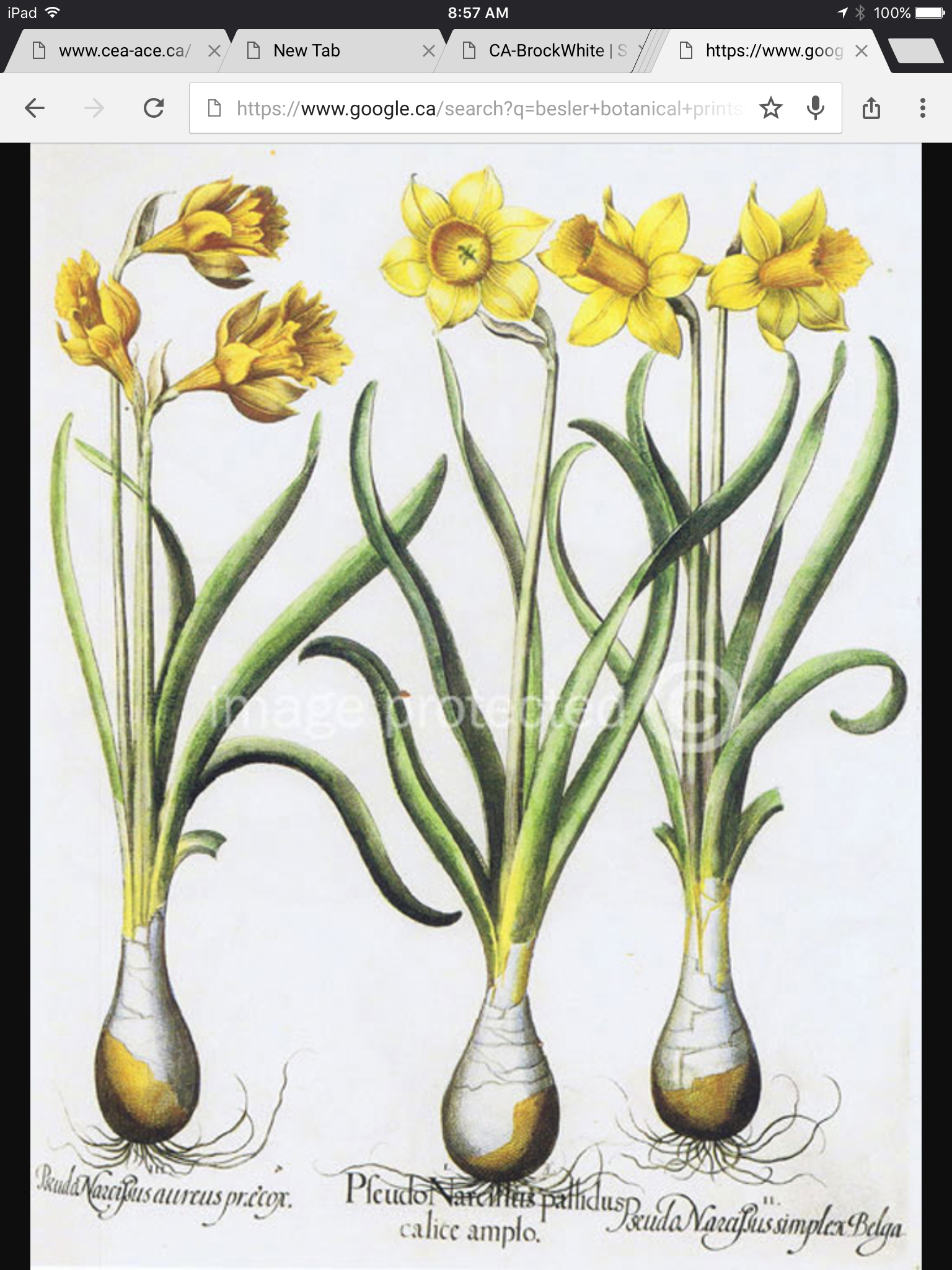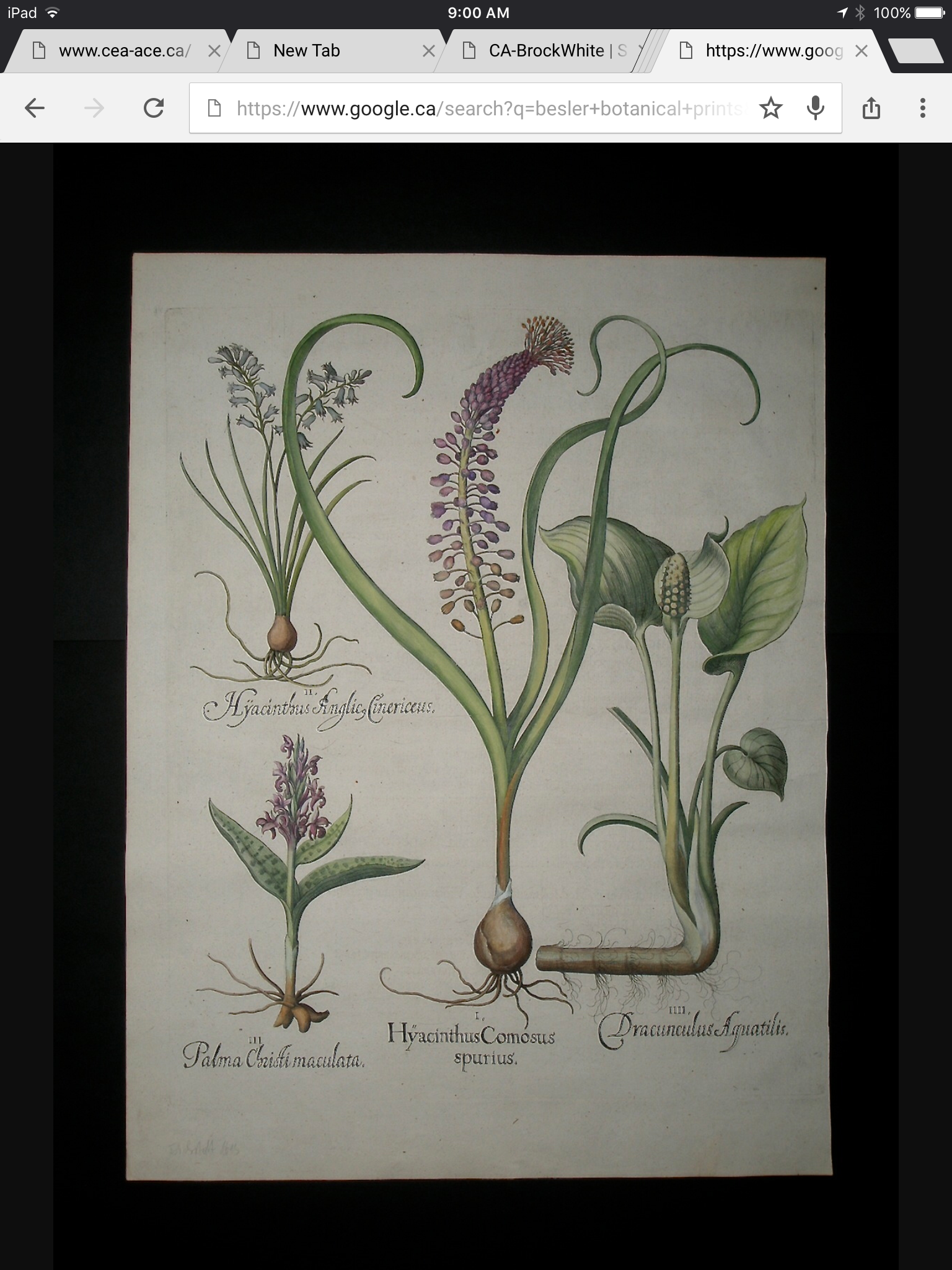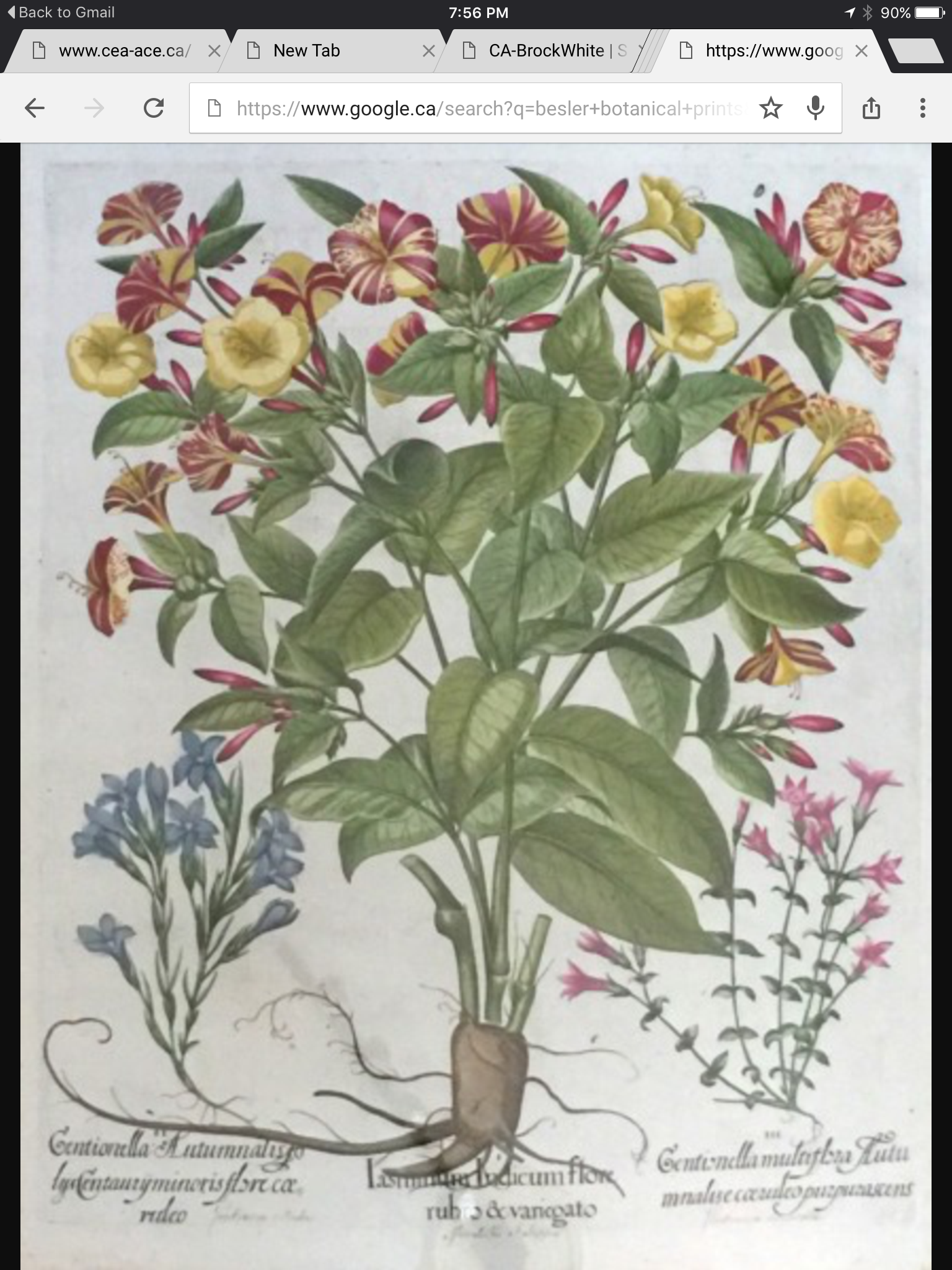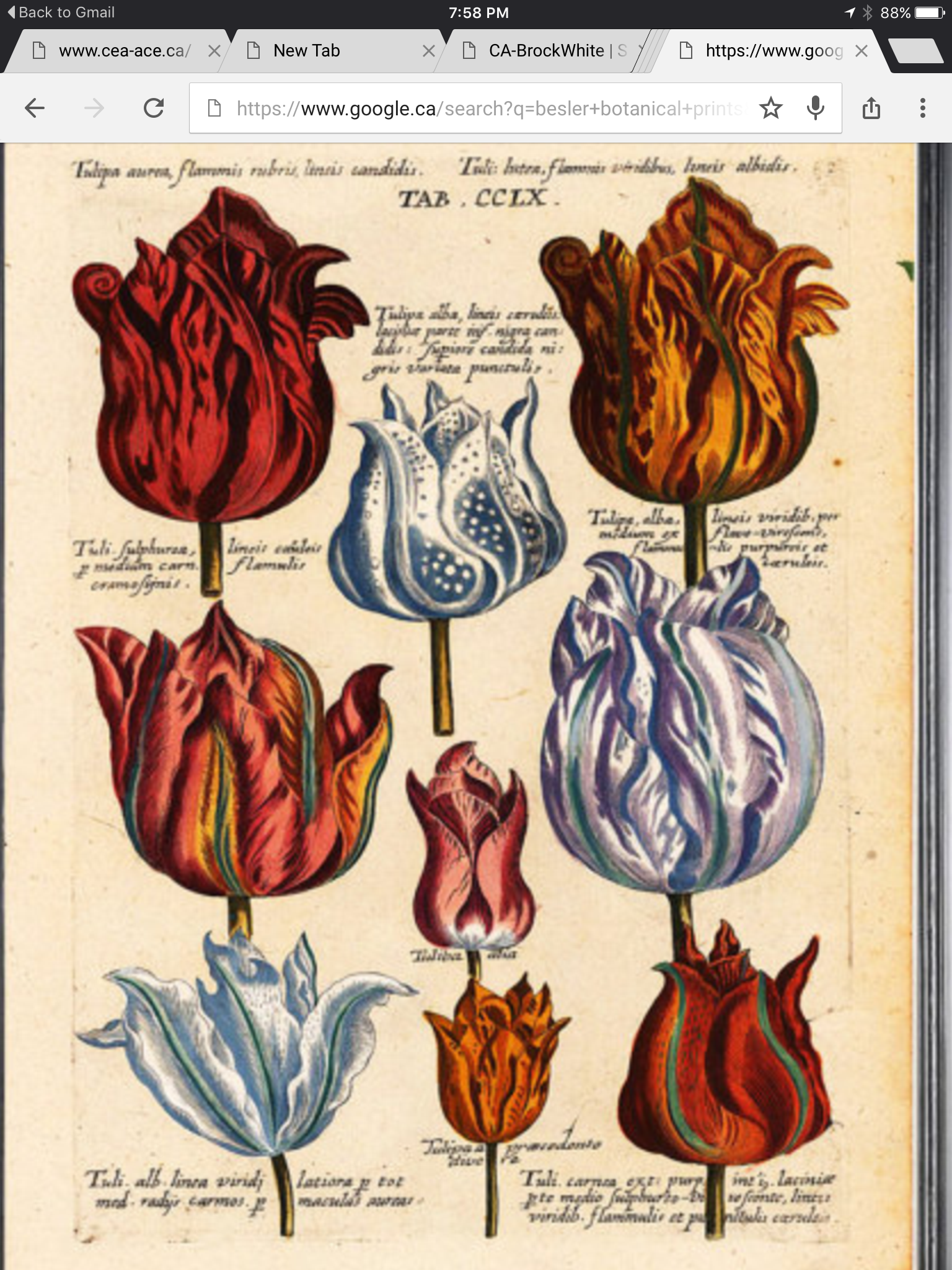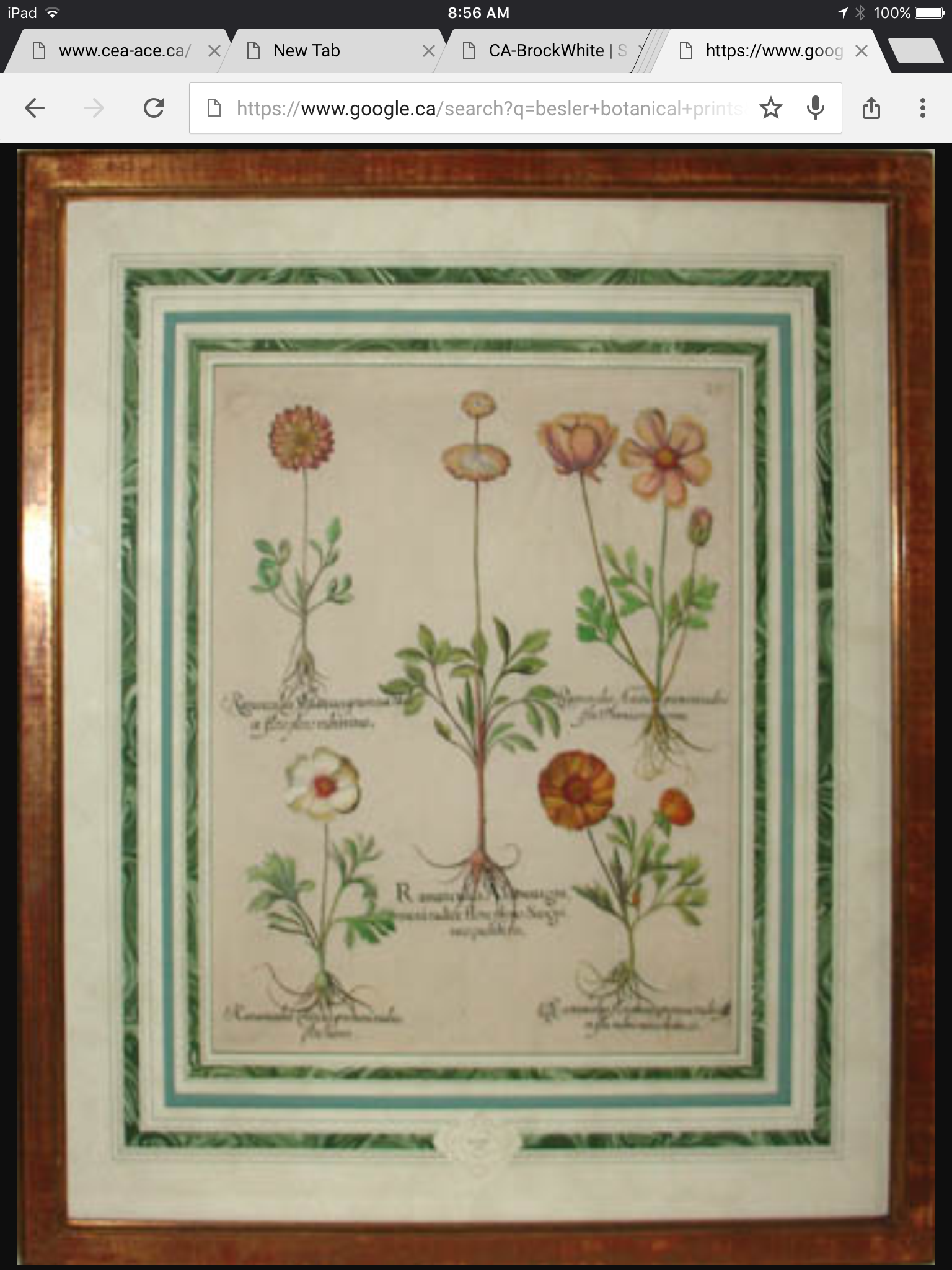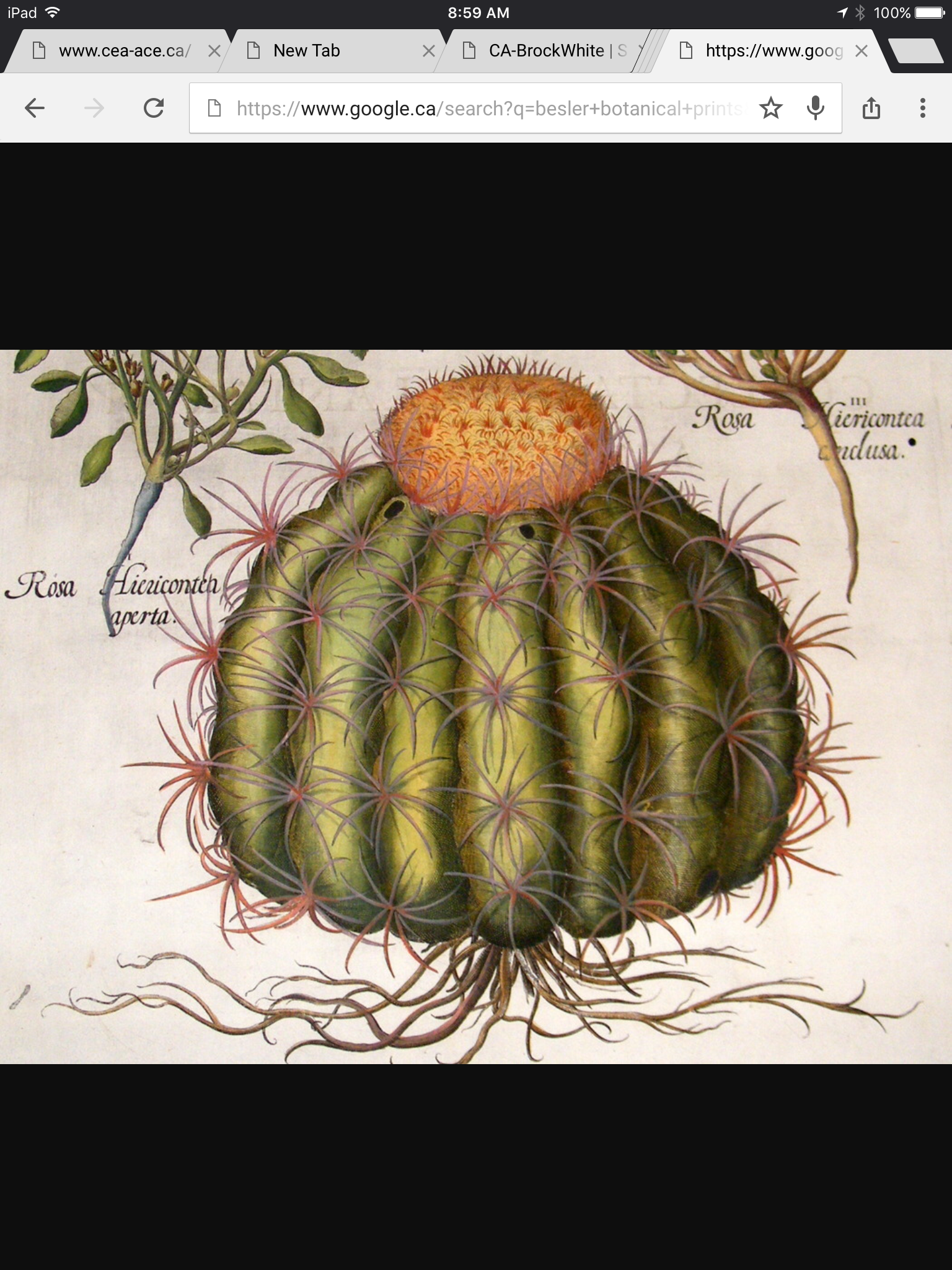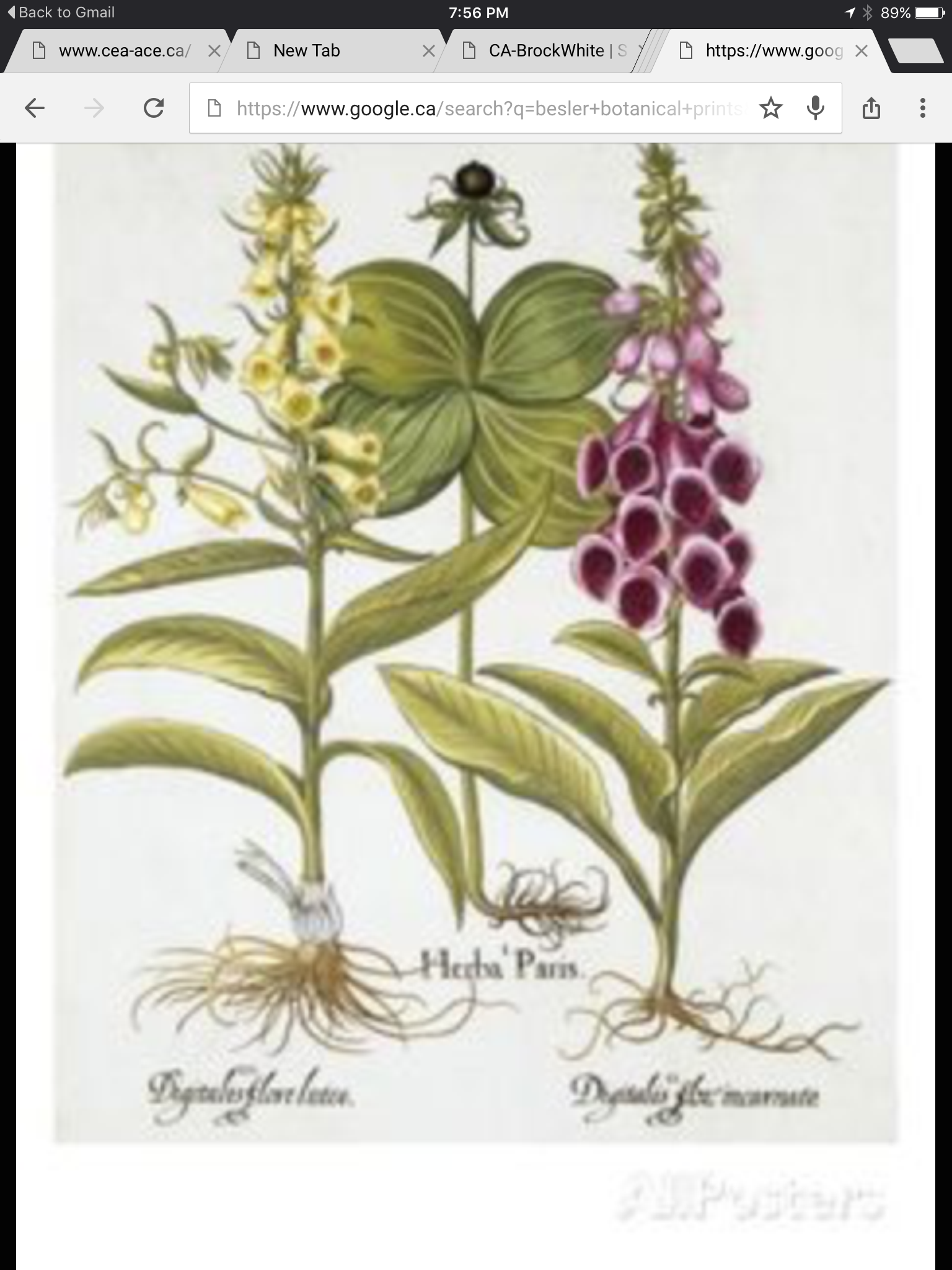You asked for it, you got it! Porew to the people and the people asked for a project on painting flowers.
People have been painting the flowers around them all over this worlk since before recorded history. It is very interesting to read about and see how different eras and cultures painted flowers to see a very good article click here.
In this project you have been asked to do a page of small rough sketches, 3 3″x4″ sketches and then work up one 4×6″ drawing that we will eventually turn in to a painting.
classical”
Various classical floral paintings
impresionist:
Sunflowers mallows and poppies bouquet bunches of Claude Monet
expressionist:
THE FLOWERS OF EMIL NOLDE
So… I am not trying to hem you in to one style or another. I just want you to see that there are various style out there which are based upon personal temperament and what is happening in the society around them.
Another good web page on Still Life Paintings
Steps:
Sketching…pages… one sketch, and then a critique
*Think about this:
Negative space is the space between objects or the parts of an object, for example the area between a cup and its handle. Also the space between an object and the edges of the canvas, i.e. the space around an object.
Too often when we paint something, we stop observing and start painting from memory. Instead of painting what is in front of us, we paint what we know and remember about the subject. So, for example, when painting a mug, we start thinking “I know what a mug looks like” and don’t observe the precise angles of that particular mug. By changing your focus away from the mug and to the negative spaces – such as the space between the handle and the mug, and the space underneath the handle and the surface the mug is sitting on – you have to concentrate on what’s in front of you and can’t work on ‘autopilot’.
Often by working from the negative spaces rather than focusing on the object, you end up with a much more accurate painting. If you look at the picture above, you immediately recognize that it’s an angle-poise lamp, but notice that nothing of the lamp itself has been painted, only the shapes or negative space around it.
Use Negative Space to Turn the Familiar into Something New
Negative space is very useful when confronted with ‘difficult’ subjects, such as hands. Instead of thinking about fingers, nails, knuckles, start by looking at the shapes between the fingers. Then look at the shapes around the hand for example the shape between the palm and the wrist. Laying these in will give you a good basic form on which to build.

Image source miasdrawingblog.blogspot.com
What’s the Difference Between Negative Space and a Silhouette?
Traditionally a silhouette would be cut out from a piece of black paper, what is left of the sheet of paper would be the negative space. However, when you’re making a silhouette, you’re concentrating on the shape of the face. Negative space requires you to concentrate on the space around the object rather than the object itself.
Resolved your drawing.
Colour wheel, then plaining your painting out
…then a painting.
Perceiving the Shape of a Space, The Positive Aspects of Negative Space
Gallery: (images from the Basilius Besler 1613)
